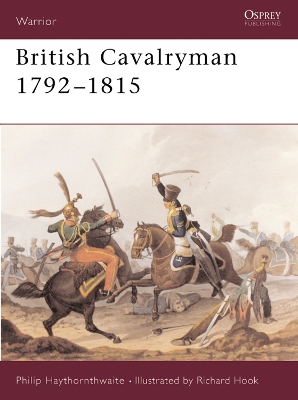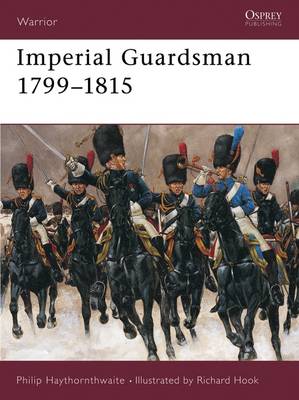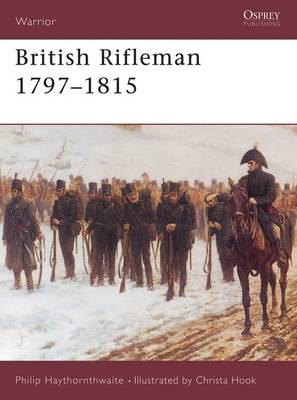Warrior S.
3 primary works
Book 8
In the campaigns of the French Revolutionary (1792-1802) and Napoleonic Wars (1799-1815), the deserved reputation of the British infantry has tended to overshadow the contribution of the cavalry, but in fact they did form an integral part of the army, carrying out duties crucial to the success of other arms. British Cavalryman 1792-1815 recounts what these duties were and examines the men who performed them. The different regiments of the cavalry are listed and some of the arm's more exotic or professional corps, such as the King's German Legion, examined.
Book 22
Napoleon's Imperial Guard was one of the most famous military formations in history. The Imperial Guard could perform ceremonial duties as well as any, but it was primarily as an elite combat formation of the army that it excelled. Although it would expand to represent a considerable portion of France's military establishment, it remained Napoleon's personal guard and was accorded care and attention which set its members above the rest of the army. In this book, Philip Haythornthwaite examines their lives, organisation and privileges, paying particular attention to how their experience differed from those of the regular French line units.
Book 47
The rifle corps of the British Army during the Napoleonic Wars are among the most recognizable of all the soldiers of that era. Their distinctive dark green uniforms are as familiar as some of their exploits which have achieved considerable fame through the large number of memoirs written by members of the rifle corps as well as in modern fiction, most notably the Sharpe series. Apart from their reputation as a corps d'elite, the riflemen were, in their time, at the very cutting edge of military technology and tactical theory. This volume uses first-hand accounts and evidence to give a "soldier's eye view" of the British rifleman, his life and work.


